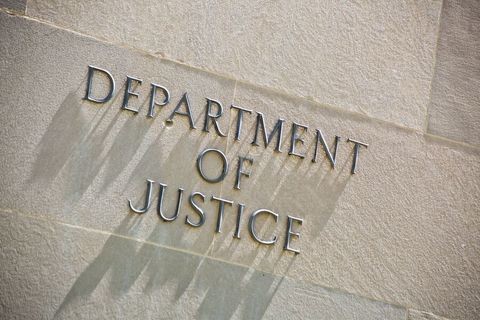SBA Extends "Safe Harbor" for Return of PPP Loans, Promises Further Guidance on the Economic Need Certification, and Creates Further Confusion Related to Its 500 Employee Standard
Client Alert | 2 min read | 05.06.20
On May 5, 2020—a mere two days before the close of the “safe harbor” period established by the Small Business Administration (SBA) for borrowers to return Paycheck Protection Program (PPP) loans if recipients did not believe they could make the economic need certification in good faith—Treasury and the SBA have updated their FAQ document with key changes. The SBA is extending the “safe harbor” repayment date from May 7, 2020 to May 14, 2020. This is an automatic extension that applies to all borrowers. Further, the SBA intends to provide additional guidance on how it will review the economic need certification prior to May 14, 2020. During this additional week, borrowers should also consider the impact of another new FAQ addressing affiliation with foreign entities and providing that “[f]or purposes of the PPP’s 500 or fewer employee size standard, an applicant must count all of its employees and the employees of its U.S. and foreign affiliates, absent a waiver of or an exception to the affiliation rules.” While confirming that the affiliation rules apply to both U.S. and foreign affiliates, this new guidance raises questions about which employees are included in the headcount for the size standard and contradicts the prior FAQs and interim final rule statements that the size standard only counted employees whose principal place of residence is in the U.S.
As Crowell previously reported, on April 23, 2020, Treasury and the SBA directed PPP borrowers to reconsider the PPP application’s economic need certification in light of their new guidance that current business activity and access to liquidity must be considered. PPP recipients had to re-assess economic need under this new, still largely undefined standard at the same time that audit and enforcement risks took on new significance as Treasury and the SBA added a requirement that, at a minimum, all PPP loans in excess of $2 million will be audited. Apart from the fact that a lender’s submission of the borrower’s loan forgiveness application will trigger such audits, Treasury and the SBA have provided little guidance on what the audit process will look like. Similar to the economic need certification, Treasury and the SBA have indicated that additional guidance is also forthcoming regarding the audit process.
The Crowell & Moring Team continues to closely monitor these developments and is standing by to confer with companies about the impact of these new developments.
Contacts
Insights
Client Alert | 2 min read | 12.23.25
Record-Setting False Claims Act Settlement Highlights DOJ Commitment to Customs Enforcement
On December 19, 2025, the Department of Justice (DOJ) announced a $54.4 million settlement with Ceratizit USA, LLC, a distributor of tungsten carbide products, resolving allegations that the company violated the False Claims Act (FCA) by evading customs duties on products imported from China. This settlement is believed to be the largest ever customs-related FCA resolution, and this high-water mark underscores the government’s heightened enforcement focus on tariff evasion.
Client Alert | 6 min read | 12.22.25
Emerging Legal Issues for Skilled Nursing Facilities in New York: A Year in Review
Client Alert | 14 min read | 12.22.25
European Commission Proposes Biotech Act to Boost Health Biotechnology in the EU
Client Alert | 11 min read | 12.22.25
European Commission Proposes Simplifying the Rules on EU Medical and In-Vitro Diagnostic Devices





